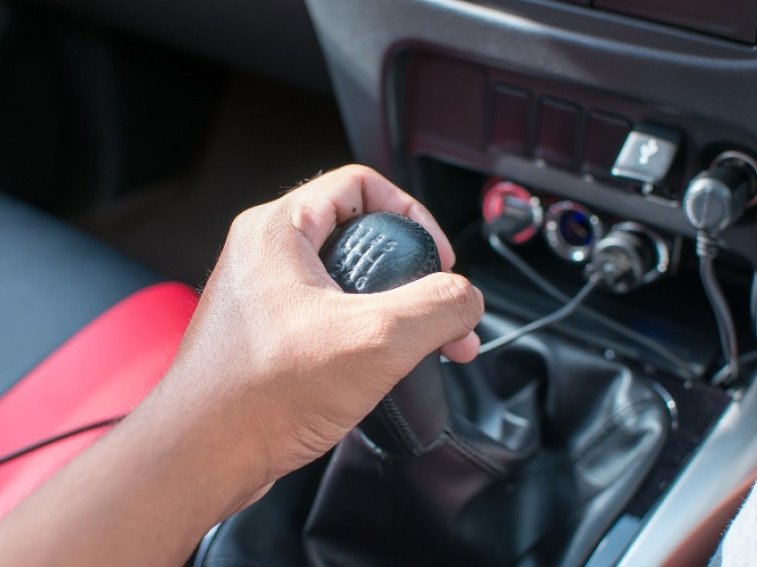For inanimate objects, cars are surprisingly vocal creatures, and the noises that a car makes when it’s in distress can all be quite distinct. Grinding, rumbling, buzzing, hissing and clunking are all quite easy sounds for drivers to tell apart, but this is one in particular to watch out for - a grinding or ‘crunching’ noise when you shift gears.
If you find that’s happening, it’s likely to be a problem with your synchromesh cones, or synchronisers. This can be quite an expensive repair if left unchecked, so if you can spot the warning signs early, then you can save yourself a lot of time and hassle further down the line. And if you’re driving a used car, or a seized or salvage car, or one you’ve bought from one of our salvage car auctions, it’s definitely not something to leave for too long!
How crunching noises happen
While there can be a couple of causes for ‘crunching’ noises, such as the metal-on-metal contact of a worn brake pad for example, one of the most common culprits is your gearbox. Specifically, the synchroniser cones inside it.
Basically, the smooth function of your gearbox relies everything shifting into place when just the right amount of force is applied from one part to another. The synchroniser cones are an important part of this process - basically, a synchroniser is just a little brass ring with teeth that meshes between adjacent gears. Its job is to ‘synchronise’ the transmission - basically to keep the adjacent ring turning at the same speed so that you don’t get crunches when shifting.

Now, since your synchronisers rely on friction to function, they’ll inevitably degrade over time. This is normally what’s behind the crunching noise when shifting gears - what’s happening is that the ends of the synchroniser internal splines are knocking against the external dog teeth splines, because the gear and the sleeve are rotating at different speeds.
To be honest, there’s not much you can do to stop your gearbox from reaching this point given enough time, other than drive carefully. The degradation can be accelerated by using incompatible lubricants, or ‘speed shifting’. Speed shifting is the name given for essentially shifting gears without fully releasing the clutch. When the clutch doesn’t fully disengage, the sychronisers are forced to act against higher speed differences than they were designed for.
How difficult is it to fix?
The good news is that it’s not impossible to solve the problem. The bad news is that it’s not going to be easy, or cheap. Synchromesh repairs come under the category of general gearbox repairs, which tend to be on the more expensive side. Even for a cheaper car you’re looking at a three figure sum at the very least - it can vary depending on what car you drive.
If you’ve got the skills and expertise to fix it yourself of course, by all means crack on, but we’re guessing by the fact you’re reading this blog that you might not do! In that case, we’d advise leaving it well enough alone and leaving it to a professional mechanic to get the job done. In the meantime, you can technically still drive a car without a fully functioning synchromesh, but we really wouldn’t recommend it if you can avoid it - it tends to be quite an unpleasant experience!
And of course, if it’s the sort of thing that you think might write off your car, you can sell it for a bargain right here with our online car auctions - or even browse for cost-effective replacement! We’ve got a great range of used cars from makers like Nissan, Peugeot and Renault. Why not take a look around, and see what you can find?




